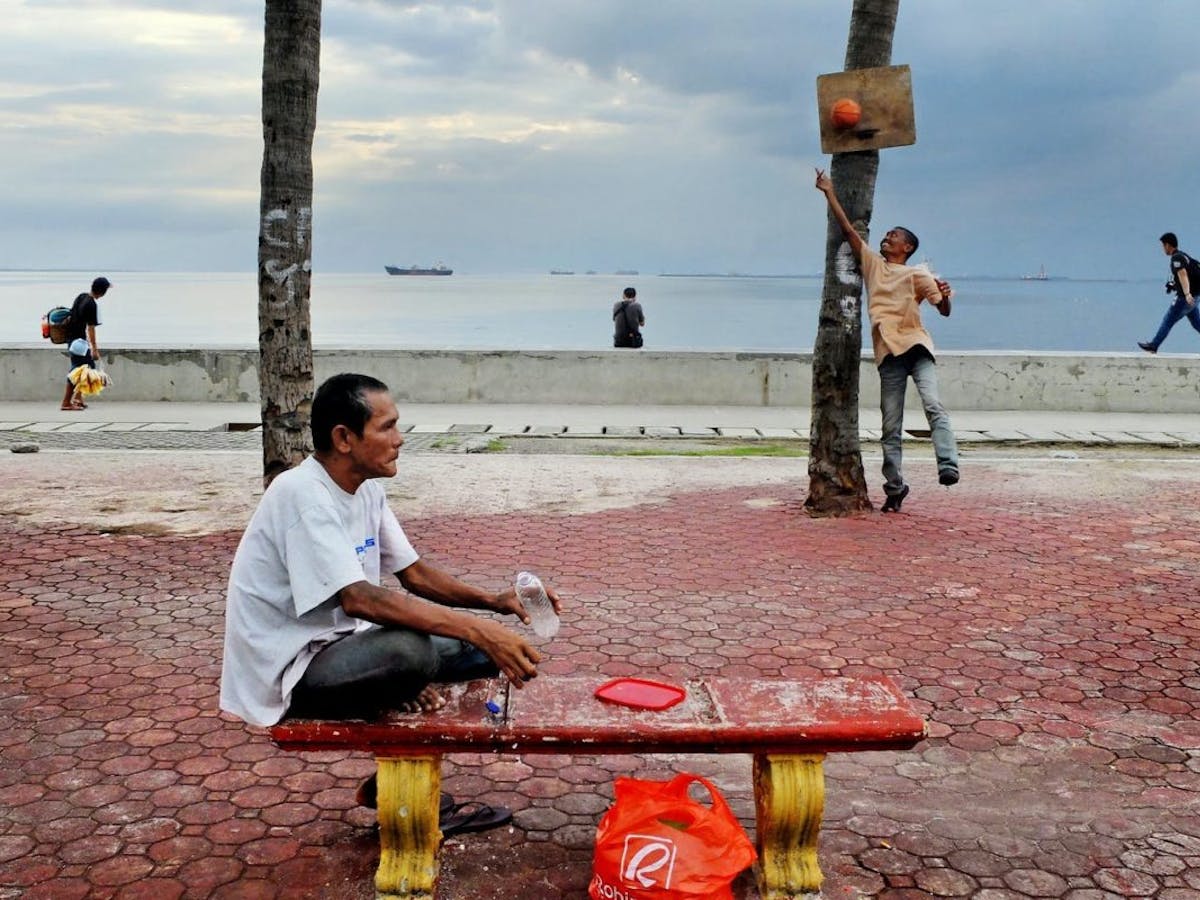As the world warms, heat stress will harm economic productivity and worsen inequality across Asia. ADB should play a more active role in stimulating green cooling innovation, writes Sindra Sharma-Khushal.
Sustainable cooling is a vital component of Asia’s clean energy and sustainable development ambitions, not least because cooling needs are skyrocketing across the region and will rise even faster as climate change accelerates.
The problem is that cooling is energy intensive. In Southeast Asia, space cooling is forecast to account for 30 per cent of peak electricity demand by 2040. A similar trend will likely emerge in South Asia, where extreme heat is predicted to become commonplace even at 1.5degrees Celsius of warming.
The Asian Development Bank (ADB) has begun to recognise the challenge of cooling’s hunger for energy, and opportunities to make it more efficient. ADB’s evaluation of its energy policy and program for the period 2009 to 2019 stated last year that there is growing demand for cooling across Asia, noting that 45 per cent of global electricity demand will be for cooling purposes by 2050.
However, the report found that efficient cooling in buildings remained unsupported by the bank’s activities.
The new ADB Draft Energy Policy has made commendable efforts to include cooling considerations, recognising that energy transformation requires electrification of space cooling and decarbonisation of the electricity grid.
But there is room for ADB to do more.
Why is sustainable cooling important?
Sustainable cooling is a cross-sectoral issue. It sits at the nexus of climate change and development, and is vital to well-being. Heat stress is an inequality aggravator. The marginalised and poor work outside during the hottest times of the day, often in conditions which may have poor ventilation and lack access to cooling.
As heat stress becomes more severe as the world warms, the impact on economic productivity will become significant. For example, in Thailand, Cambodia, India and Pakistan, heat stress is projected to lead to more than a 5 per cent reduction in GDP by 2030.
What can ADB do?
Covid-19 has had an impact on countries’ emissions reduction efforts. In particular, the short-term impact of the pandemic on the energy sector has slowed the introduction of energy efficiency measures. Supportive policies needed for an enabling environment and stable investment climate have been delayed, threatening to hamper the transition away from planet-heating fossil fuels and towards more efficient energy systems.
ADB has taken a decisive stance in its draft energy policy, announcing that it will no longer finance any coal mining, oil and natural gas exploration, drilling or extraction activities.
The draft policy also sees sustainable cooling as a critical node in the energy transition, stating readiness to support Developing Member Countries (DMCs) in devising policies and investment programmes for sustainable cooling solutions. Such an approach can support strategic infrastructure needed across Asia.
One example is energy efficient health and agriculture supply chain infrastructure through sustainable cold chain investments, particularly as the pandemic drags on and countries are in need of cooling to safely store and deploy vaccines, as recently highlighted by the WHO South-East Asia Regional Immunization Technical Advisory Group.
Resilient and responsive cold chain logistics for healthcare and food security can meet immediate and longer-term growth in demand for food and medical supply chains whilst building resilience for future shocks.
This is because efficient cold chains not only reduce food waste, but they also boost local livelihoods by improving farming communities’ access to markets. In India, for instance, an estimated 40 per cent of harvested produce is lost between farms and the market, which not only hits farmers but also increases selling prices by as much as four to five times.
ADB’s support for sustainable cooling could also enhance energy efficiency in cities, where heat accumulating among densely built concrete structures creates the so-called urban heat island effect. ADB funding could effectively stimulate innovation, drive down costs for greener cooling solutions, and reduce the overall cooling load on energy providers.
Even low capital initiatives, such as retrofits and passive cooling solutions, can make a big difference, increasing labour productivity and creating more resilient cities with equitable access to thermal comfort.
Bu there are significant opportunities for ADB to rise to the challenge of finding greener ways of staying cool, particularly during its ongoing public consultations on its energy policies.
As it stands, its energy policy does not include passive cooling measures, which can deepen energy efficiency gains while offering a host of other benefits.
In addition, how cooling considerations are integrated into ADB’s wider sector and themes remains to be seen.
ADB has an opportunity to act as a thought leader in this space, encouraging and mobilising other multilateral development banks to do the same.
To facilitate this leadership position, ADB could adopt a whole-systems approach to sustainable cooling that goes beyond energy efficiency and is reflected across sectors and themes.
It could also assist DMCs in incorporating efficient, clean cooling in Nationally Determined Contributions (NDCs)—or emissions reduction pledges under the Paris Agreement—and in national development plans, while supporting DMCs in drafting national cooling action plans.
Finally, it could ensure that its lending activities support sustainable cooling.
Though it remains to be seen what form the ADB’s Energy Policy will finally take, the public consultation of the draft offers a rare opportunity to input into the regions sustainable energy future in an increasingly warmer world.

